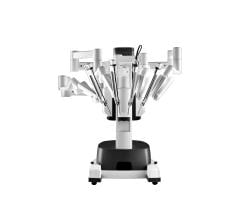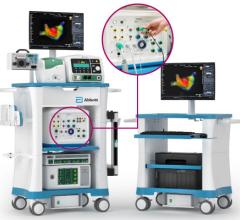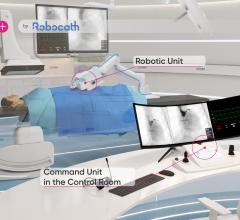
The Sensei Robotic Catheter System and Artisan Control Catheter facilitate manipulation, positioning and control of mapping catheters during EP procedures.
The system allows physicians to use Hansen Medical’s first-generation robotic platform to place mapping catheters in hard-to-reach anatomical locations within the heart and maintain catheter stability during the diagnostic phase of complex cardiac arrhythmia treatment.
The robotic catheter system is compatible with fluoroscopy, ultrasound, 3D surface map and patient electrocardiogram data. The two main components that comprise the system are the Artisan control catheter and an ergonomically designed, remotely placed workstation where the physician is seated throughout each procedure. In addition to lessening operator fatigue, the remote workstation creates a virtual shield for physicians against harmful radiation.
In the summer of 2008 the FDA approved additional indications for the device to facilitate manipulation, positioning and control, for collecting electrophysiological data within the heart atria with electro-anatomic mapping and recording systems, using percutaneous mapping catheters. These catheters include the Polaris-Dx Steerable Diagnostic catheters made by Boston Scientific Corp. and the Livewire Electrophysiology catheters made by St. Jude Medical. The concept of the system is based on a master/slave control system that enables and visualizes positioning of a steerable catheter tip at a desired point inside the heart, enabling a physician to remain seated and away from the X-ray radiation source. The catheter control system has been modified to display 3D electro-anatomic maps from a third party mapping system in the center screen of the Sensei system.

 June 11, 2024
June 11, 2024 








